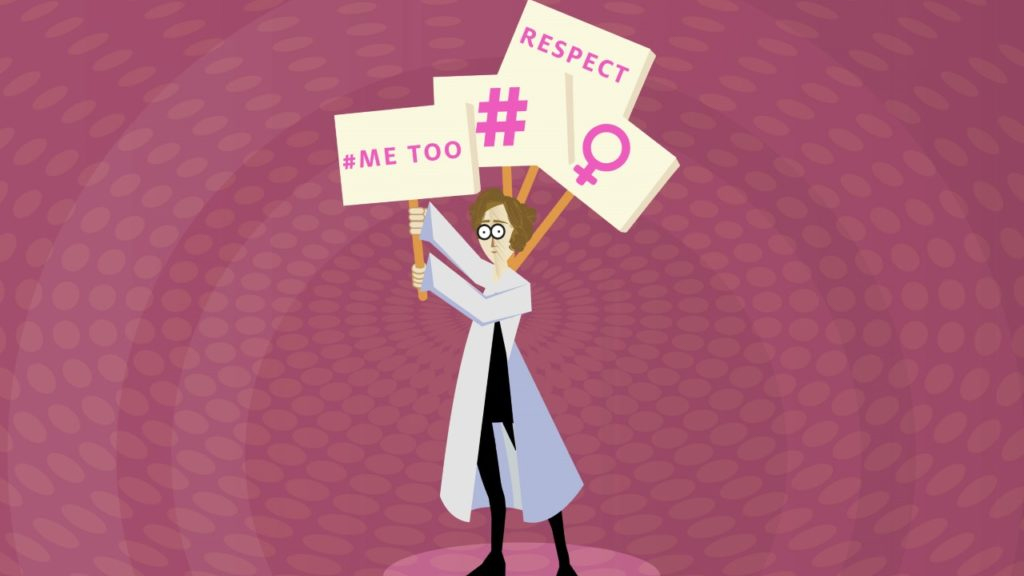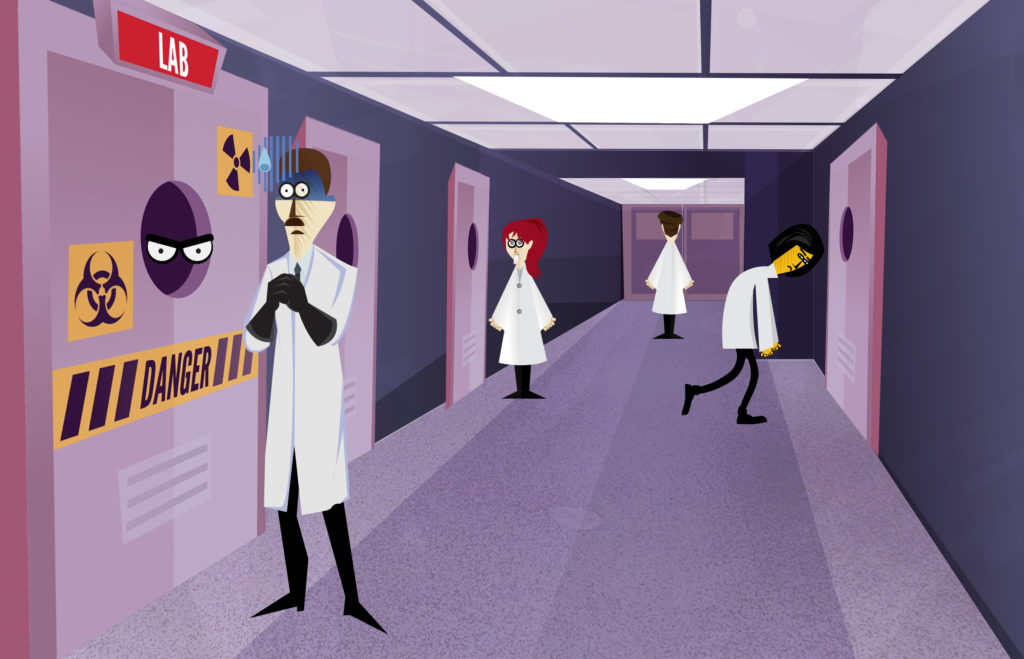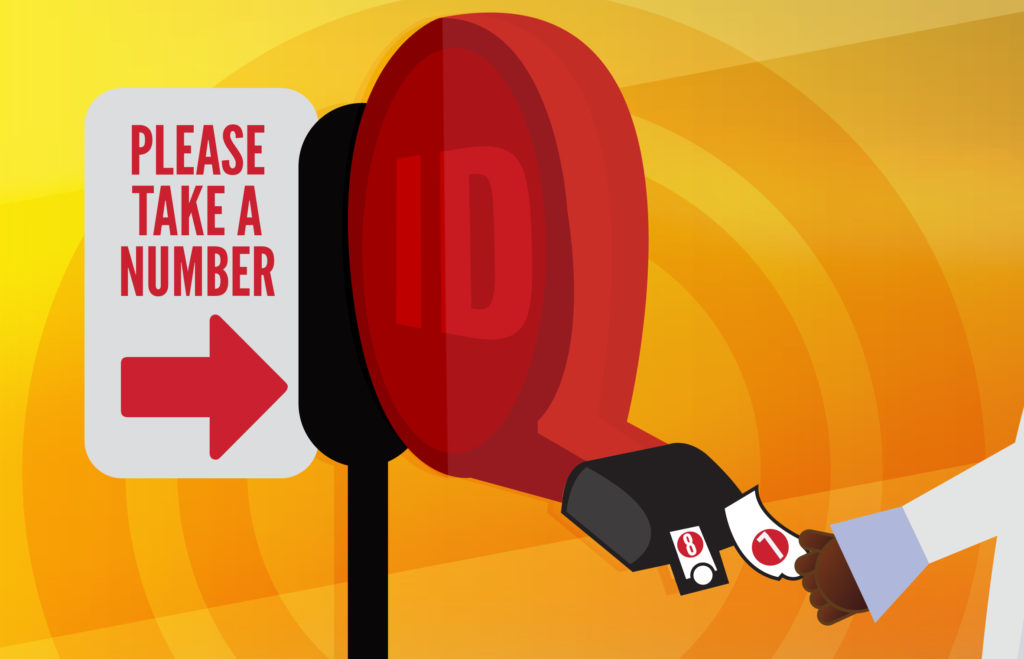The #MeToo Movement was explosive for science, just as it was for every profession. “The goal of the perpetrator, most commonly but not exclusively a man, is to objectify, exclude, demoralize, diminish and coerce the victim, most commonly a woman, to exert power over her,” said the NIH.
50 percent
Long hours in the lab. Field experiments with just two scientists in a remote area for stretches of time. Very strict hierarchy in the relationship between PI and post-doctoral or graduate student. All of these things contribute to a culture of sexual harassment and more subtle, gender-based put-downs.
Erika Marín-Spiotta, a University of Wisconsin associate professor of geography, holds a $1.1 million grant from the National Science Foundation to address the issue of sexual harassment in the sciences. How widespread is harassment in academia? “On average, 50 percent of women faculty [in science] have experienced sexual harassment.”
Expectations
NIH took a definitive stand against sexual harassment in science and was completely in-line with the #MeToo movement in 2019. In their statement, they said that the NIH’s expectations relating to preventing and addressing sexual harassment include the expectation that NIH-awarded institutions:
- Maintain clear, unambiguous professional codes of conduct.
- Ensure employees are fully aware and regularly reminded of applicable laws, regulations, policies and codes of conduct.
- Provide an accessible, effective and easy process to report sexual harassment.
- Offer protection from retaliation for scientists who come forward with allegations.
#MeTooSTEM
There was a short-lived #MeTooSTEM movement. The founder had a slew of allegations against her; one was that she made fake Twitter accounts to pose as a Native American anthropologist who came sex near me forward as having been sexually harassed at her university. That was unfortunate. But the movement still encouraged the NIH to uncover uncomfortable truths about women in the sciences: “The reports of scientists and students shared through the #MeTooSTEM movement portray a heartbreaking story of opportunities lost, pain suffered and a systemic failure to protect and defend,” said NIH’s statement. “We are concerned that NIH has been part of the problem. We are determined to become part of the solution.”
Managers and mentors
But are all institutions and institutes ready to confront policies surrounding sexual harassment? Many Diversity and Inclusion Offices are pitching in at universities and reviewing their sexual harassment guidelines with their faculty. However, the threat of an allegation is enough to scare some male scientists from mentoring female students. RMIT University’s Professor Andrew R. Timming found that: “women may be missing out on opportunities due to fears by male managers of potential misconduct allegations.” He goes on: “Workplace relations between males and females have changed over the past two years. Male managers are significantly less likely than female managers to mentor or interact one-on-one with female employees,” Timming said.
What’s the big idea?
We need to heed what the NIH is trumpeting: “[Sexual harassment] is morally indefensible, it’s unacceptable, and it presents a major obstacle that is keeping women from achieving their rightful place in science.” Real change in the power dynamic will need to be enacted for this to disappear entirely.



